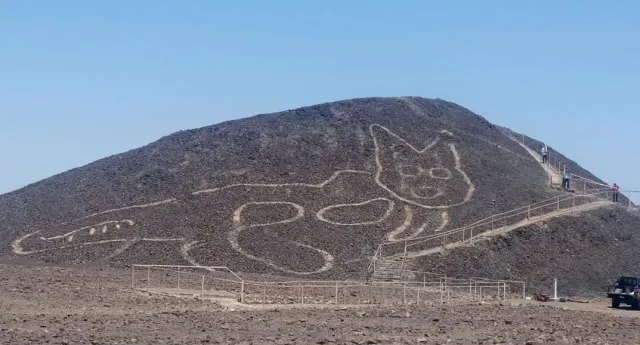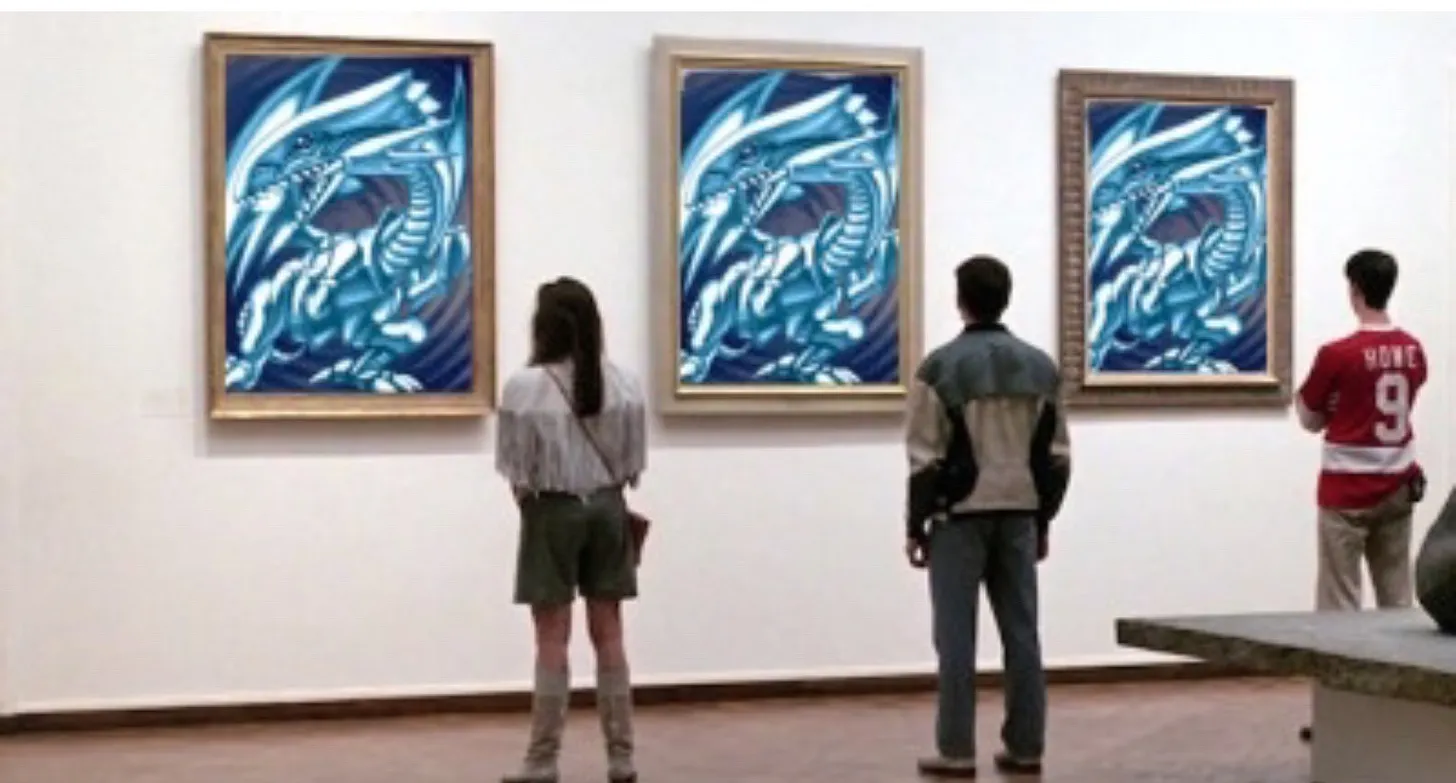
With the recent trend, discourse formers of the present age often create and talk about discourse with their own works. This is clearly a series of unusual events different from the past. More reliably, we know them as 'artists' before we are discourse formers. To maintain one's discourse, the act of showing the perspective of immateriality to others as matter is, in other words, one's own opinion. It is to profess that 'I am its creator'.
What can we make and share in this era when intellectual production activities have become individual ownership? It is a discourse that is unilaterally injected. Works lead to one thought and one path. People will see the work and have different impressions, but the text attached to the work soon abandons the appreciation, and the journey of intellectual inquiry soon returns to failure. There is only one way we can realize: to follow the path led by the work made by the artist to induce (to) his discourse.
Then let's think about the utility of white cube exhibitions. It was around the end of the 19th century and the beginning of the 20th century that paintings began to be hung on white walls with nothing. The color of the wall, which had changed spontaneously, was an aesthetically outstanding color, because the wall of other colors was outstanding. Humans who are accustomed to the wall have come to recognize that the color of the wall was the same as before. White is not green. Red brown is not white. Nonetheless, we are comfortable with the wall. The comfort soon disappears from view. What remains of our vision is not the wall, but the picture itself.
How about the white cube exhibition that excludes the explanation of the work? The wall that disappeared in front of our eyes has reappeared and is decorating the space. Humans are afraid of its status. Before a painting is hung on the wall, the wall blocks and expands our view from the painting. To have such a wall revived means that humans have gained confidence in being able to control the wall or have given up their self-control and determination.

[ my entire drawing. B.C 524 ]
Unlike the existing media order, the projected wall works transparently in an extended field of view. The picture on the wall becomes an image reflected in the process of action. The works of discourse formers also take on this context. Since the implications of the work are inconsistent with the artist's subjective point of view, the work can be considered esoteric from the perspective of the viewer of the work. However, when the discourse former is the author of the work, the act of discussion directly penetrates the image, excluding the existence of the wall.
It is my view that the bond that exists between discourse formers and their works prevents visitors from participating. Is it really right to make the work perform the function of participating as part of the world because their views do not exist in the outside world? The discourses inside the world are the agreed language behavior-order of members of society. If there is a story to twist the order, it should be a new order that will threaten the existing society.

However, existing discourse formers and writers have not produced such results. Political participatory arts have already included their views in the world order. They are not only expressing their views as members of society, but are also proclaiming that they are their creations as works once again.
I'm curious about it. Can the social phenomenon professed as one's own and the discourse published as it inspire people's participation? The act of forcing visitors to read the discourse that is designated as their own and sympathize with it is like telling them to look at the white wall on which the painting was hung and appreciate the painting. Either way, it is clear to be an embarrassing act.
If an abstract work of art is a place for discourse formation. What would the audience think when they first saw the banana on Cattelan's wall? Did the audience understand the intention and form the discourse through it? Perhaps the mind of 'Is this art' and 'I can do it' came to mind first. His banana is such a banana. If he intended the word 'Is this art', he is a true genius.
Consistent discourse is a formation. The need for discourse is not created by the artist himself, but is caused by the audience outside the screen looking at it. Under the dichotomy between inside and outside the screen, participation in events occurring in the screen becomes to audience's almost impossible.
For example, let's say there is a bee roaming around on the screen. Do we try to catch a bee while watching the bee, or do we appreciate its movement? If the bee's reality exists outside the screen, we will try to catch it or throw it out.
The same goes for works. Unless it is VR, it is impossible to tell beings outside the screen to go into the screen in the first place, experience the event, and reformulate the discourse through it to create a new discourse!
Let's take an example again. Suppose an artist does not use all means. Through work, through writing, and through words, the person solidifies his or her world. At that time, the artist presents ideas from his or her head, not biographical works that originated from his or her life. If it were a flying bee, once again. Do we want to catch the bee? Wouldn't we just look at the bee on the screen and go to the next place and forget the bee while looking at something else?
The world on the screen where the work exists is already consumed. The screen consumed as an image does not induce the audience to participate, because the world on the screen already exists 'to exist'. In other words, the world on the screen came to exist through the participation of the artist, but there is no place to engage anyone there. The name of this place is 'acceleration'.

The accelerating screen does not move at a real speed like the reality outside the screen. This outputs the speed already calculated in the artist's head, stops and accelerates at the speed played in the audience's head. What kind of efforts should be made by artists or curators who hang their works to prevent this phenomenon?
The work should be distributed and the exhibition-screen should be composed of various artists. A unified exhibition cannot be pluralistic no matter how multi-layered it is organized.
Exhibitions and works are different. It is the person who actually researched the implications of the work to rebuild. The play in which the artist himself appeared may be the release of a monumental head for the artist himself, but he will have to be responsible for the performance. If the artist has never been an actor, the play will be a ruined play, no matter how well the play is structured. Do you really want to see a ruined play.
Probably not. The artist also doesn't want to ruin his well-organized play. That's why he is faithful to his duty. If so, I have a question. Why does the current art world think that the artist himself has set the implications of the work to be hung on the wall and hope that a discourse will be formed? Looking at this situation, I think it's like a worm inside a ripe apple. Cattelan should have taped the caterpillar-Apples to the wall instead of bananas.

















